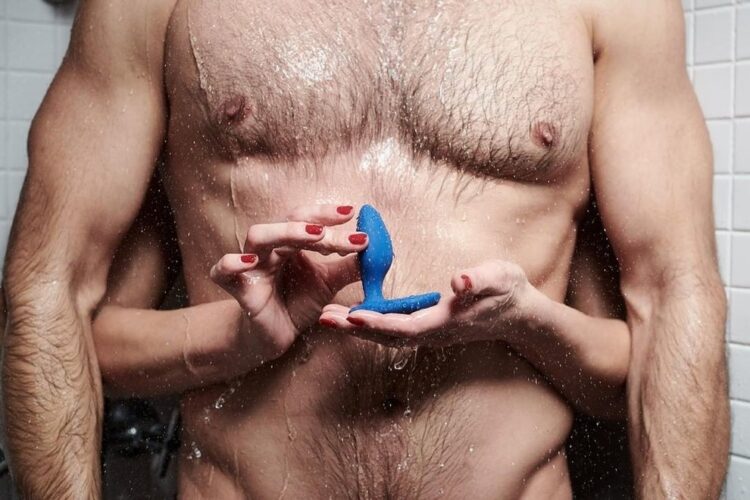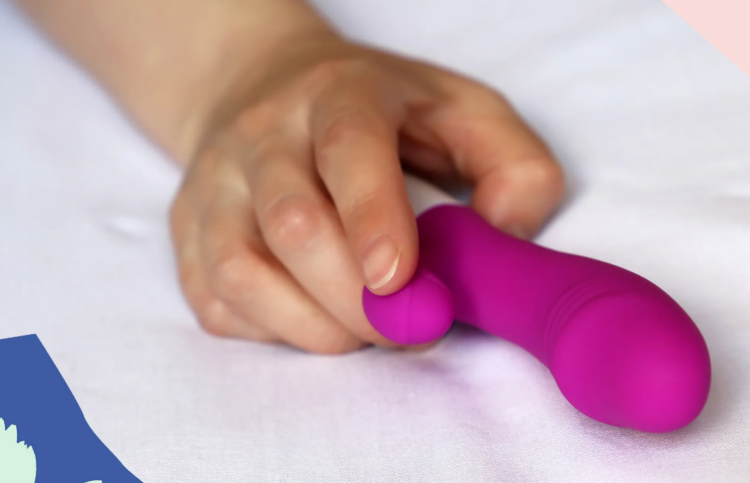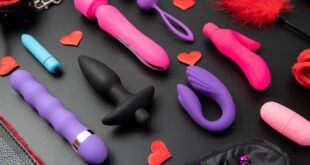Sexuality evolves. So do the tools people use to explore it. No two individuals experience pleasure the same way, and gender plays a major role in shaping those experiences.
Perceptions, preferences, and emotional responses toward adult toys reflect deeper psychological and cultural narratives about sex, control, vulnerability, and identity.
Key Points:
- Gender norms shape how people view adult toys
- Emotional triggers differ across genders
- Shame and ego influence choices
- Partner acceptance impacts willingness
- Psychological safety increases curiosity
- Body image connects to product preference
Sexual Curiosity Isn’t Gender Neutral

Curiosity fuels exploration. But permission to explore varies. For men, sexual tools often signal performance. For women, they connect more with self-intimacy and emotional permission.
Society praises male experimentation. It mocks female pleasure-seeking.
That double standard builds walls. One side feels expected to pursue. The other feels taught to wait.
That imbalance affects how adult toys get introduced and used.
- Men often focus on function
- Women prioritize connection
Both approaches are valid. But many people never stop to examine why those preferences exist.
Ego, Control, and the Pressure to Perform
Some tools spark discomfort for one gender more than the other. Not because of the object. Because of what it symbolizes.
Penis sleeves, for example, bring out a mix of fascination and fear. They offer stimulation and confidence. But for some men, they trigger insecurity. Size obsession isn’t natural. It’s learned.
When pleasure tools feel like performance tests, walls go up. Shame takes over. That shuts down curiosity. And it blocks trust.
Women rarely view tools as replacements. Men often fear that message.
The Shame Gap Is Still Real
Shame affects everyone. But it doesn’t strike with the same intensity.
Women carry more silence around sexual needs. They face judgment for owning anything that suggests desire. Toys don’t just bring pleasure. They challenge cultural scripts.
Men carry performance pressure. But they rarely get mocked for using toys. They get teased for not wanting sex. Or not “delivering.”
So both groups face different shame stories.
- Women hide tools out of guilt
- Men reject tools out of pride
Healing requires unlearning both scripts.
Solo Use vs Partner Play

Most couples don’t discuss tools early. One partner often waits for the other to bring it up. Silence then builds assumptions.
Men may fear being replaced. Women may fear being judged.
But when tools enter the bedroom, things shift. Studies suggest couples who share toys report higher satisfaction. But only when both partners agree.
What increases that comfort?
- Humor
- Clear communication
- Mutual curiosity
When both partners stay open, play becomes safer.
Psychological Safety Builds Curiosity
People need permission to explore without shame. That permission must come internally and externally.
For women, body image often affects comfort. If a woman feels judged, exploration stops. If she feels accepted, it begins.
For men, emotional safety matters. If he feels like a toy threatens his place, he disconnects. If he feels supported, he engages.
Emotional cues change everything.
Marketing Bias Makes It Worse
Look at most product ads. Toys for men focus on stimulation. Toys for women center on elegance and intimacy.
That split reinforces stereotypes.
Men get fast. Women get soft.
No surprise that both groups develop lopsided ideas of pleasure.
Some start to believe that tools serve one gender better. That illusion creates resistance.
To shift that:
- Retailers must stop pink-and-black branding
- Reviews should include all genders
- Product demos should show diverse scenarios
Cultural Scripts Still Shape the Bedroom

Culture writes sex stories before anyone touches a toy.
Girls learn to stay quiet. Boys learn to chase.
So tools feel threatening unless partners rewrite the script.
When couples co-create pleasure, fear fades. Tools then feel like invitations, not intrusions.
To encourage that mindset:
- Talk without tiptoeing
- Share without defending
- Try without overthinking
Emotional Connection Matters More Than Product Type
Great sex isn’t about tools. It’s about trust.
A partner who listens builds more pleasure than any toy.
Adult toys help. But only when paired with presence.
So the goal should never be better gear. The goal is better connection.
That means:
- Asking questions without shame
- Saying “I want” without fear
- Honoring pace over pressure
When Gender Gets in the Way
Gender roles can block growth. If one partner clings to tradition, both suffer.
Tools challenge roles. They question what counts as masculine. Or what defines feminine.
But those labels limit intimacy.
Breaking out of that box helps couples explore with more honesty.
So instead of asking:
- “Is this for men or women?”
Ask:
- “Does this bring us closer?”
That shift changes everything.
Not All Toys Are Created Equal

Different products suit different needs. Gender can influence what someone chooses. But curiosity should lead the way.
What works best?
- Bullet vibrators for pinpoint stimulation
- Penis sleeves for increased confidence
- Couples rings for mutual pleasure
- Remote toys for control and play
- Suction tools for solo thrill
Try slowly. Explore together. Choose based on excitement, not expectation.
Power Dynamics and Pleasure Tools
Some toys play into power play. That doesn’t mean domination. It means one leads and one follows.
Role reversal brings out hidden desires. It requires trust. But it also breaks old patterns.
Women who usually submit may want control. Men who usually lead may want to surrender.
Toys help flip that script. When done with consent, that shift heals old tension.
Communication Before, During, and After
No tool works without talk.
Silent sex leads to silent resentment.
Before:
- Share fears without apology
- Set rules without shame
During:
- Check in with body language
- Pause when energy shifts
After:
- Debrief gently
- Celebrate wins
Every new experience deserves reflection.
Final Thoughts

Pleasure deserves honesty. Gender can either support or sabotage that.
Adult toys work when couples stay curious, not critical. They heal more than they harm. But only when ego steps aside.
No toy will replace trust. But many tools can rebuild it.
And above all, explore without shame. Pleasure isn’t gendered. But courage always is.
 Hi Boox Popular Magazine 2024
Hi Boox Popular Magazine 2024



